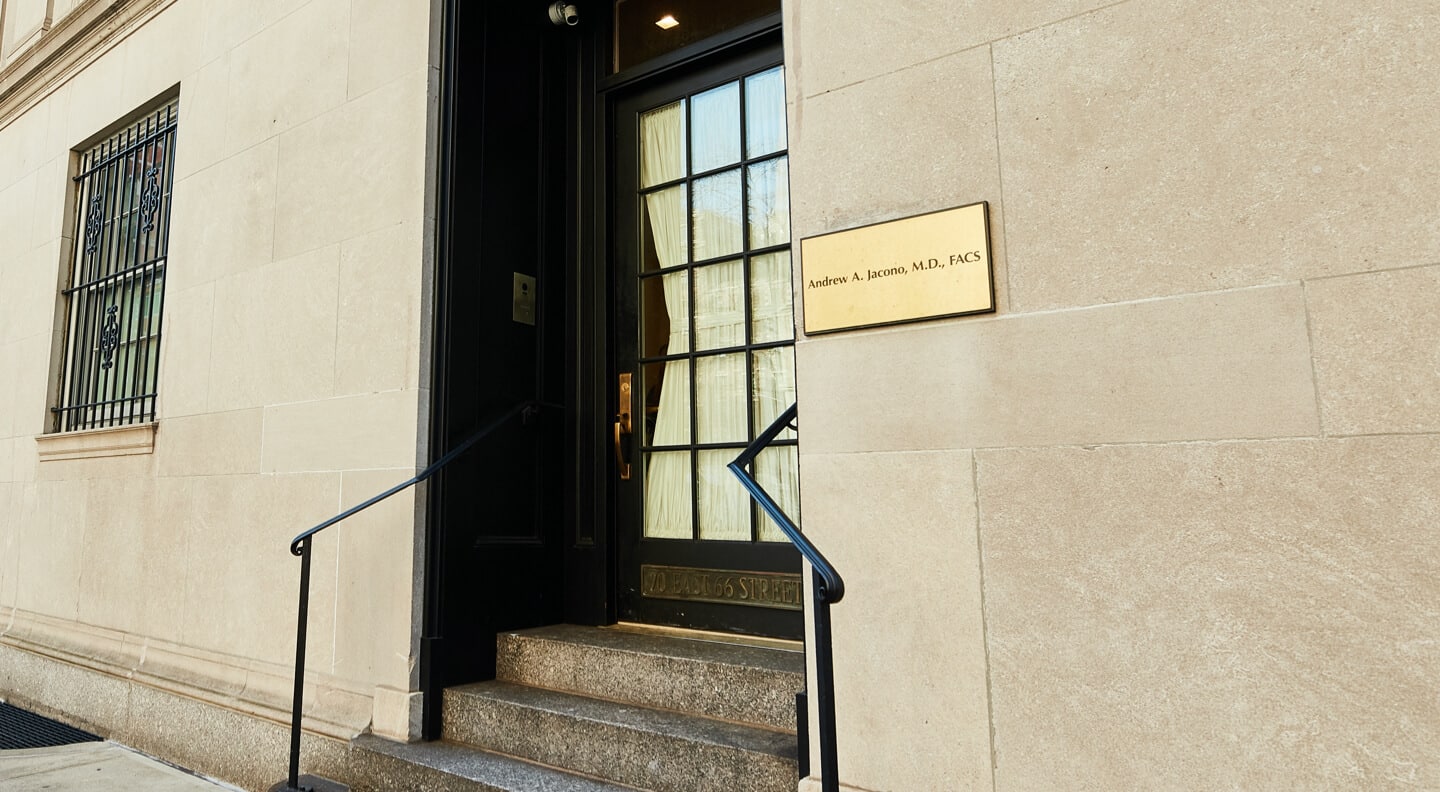NeoGraft vs. ARTAS

Follicular unit extraction (FUE) was initially performed with an extraction tool that removed approximately 1 mm of tissue around each hair follicle. Healthy hair follicles could then be transferred to a balding area without creating a linear scar that could be visible when wearing a shorter hairstyle, such as a buzz cut.
Before the development of NeoGraft and ARTAS, FUE hair restoration was a tedious process. The number of hair grafts that could be harvested and transplanted was limited to about 500 to 750. Many patients needed a minimum of 2000 grafts to restore a receding hairline or balding crown (or both), and the FUE method required multiple sessions, which, while successful, was challenging to experience.
As a result, automated systems were developed, making the FUE process more efficient. It was now possible to harvest 2000 to 3000 hair follicles in a single session. The NeoGraft and ARTAS FUE devices are the most well-known automated systems – but which one produces the best results?

About NeoGraft FUE hair restoration in NYC
NeoGraft is an automated FUE device for experienced hair transplant surgeons to use. The ARTAS system is a robotically assisted FUE system. The ARTAS system claims to achieve more consistent FUE grafts of better quality by removing human error.
Human experience, judgment, and artistry
If an inexperienced technician performs a FUE procedure, it may be true that a robotic device is preferable. The areas where a robot cannot outperform a human is within experience, careful judgment, and needed artistry. The truth is that the hair follicles grow out of the scalp in many different directions. When an experienced team extracts the hair follicles, they can remove them more predictably, with fewer transections (cutting across the follicle, destroying some of its capacity to grow hair) of the follicle bulbs that produce the hair.
Our graft quality rate
At New York Hair Restoration, our graft quality rate with NeoGraft is approximately 97%. Dr. Jacono believes that the robot is not capable of judging the many different directions hair grows out of the scalp. While the ARTAS system can produce good results, the transection rates (damaged follicles) could be higher, but no current published data is available.
While the ARTAS system can provide decent outcomes, there is no way a robot can outperform the decades of experience that a dedicated team of hair transplant professionals brings to every FUE hair transplant.
